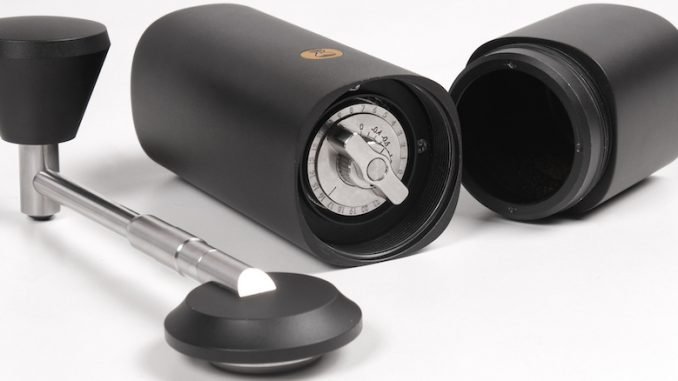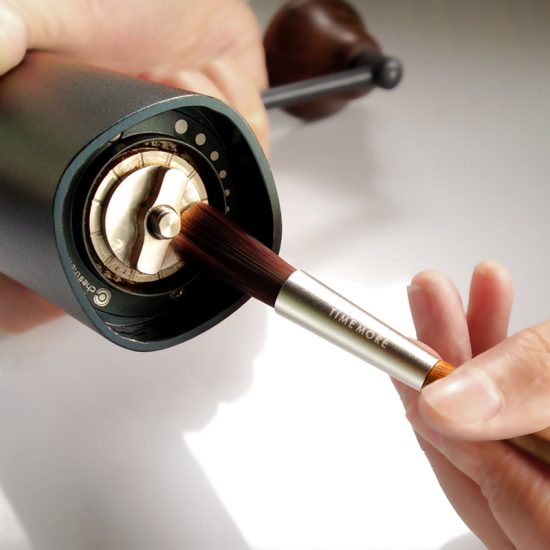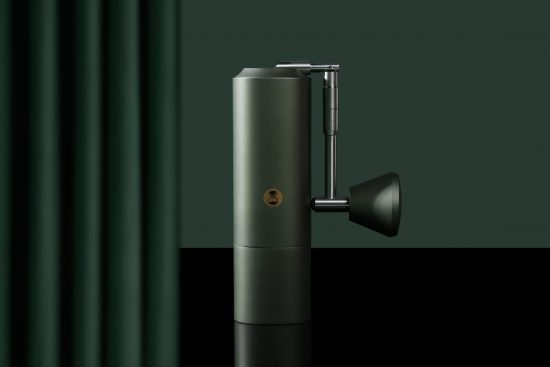
We get some answers to common questions about hand coffee grinders.
BY KATRINA YENTCH
BARISTA MAGAZINE ONLINE
Photos courtesy of TIMEMORE Coffee
Lately, through our “Ask a Technician” series, we’ve been getting useful advice from a variety of coffee product companies, some of which debunks common misconceptions about their equipment, as well as provides maintenance tips to make your own coffee goods last forever. Today, we chat with Dora Wang, who manages the overseas social media operations for manual hand grinder manufacturer TIMEMORE Coffee. She gives us info on how to clean hand grinders, when to replace them, and much more.
Barista Magazine: What are common misunderstandings that people have about hand grinders and your answers against them?
Dora: Generally, people have two parts of confusion, as we have received about the hand grinder.
Can the hand grinder be used as a tool for cooking, like grinding pepper? And could it be adjusted to thickness or not?
As far as we know, some people do try to grind pepper with (the) coffee grinder, but just like its product name, it mainly serves to make coffee. This is also the main purpose of the grinder. Of course, as a professional hand grinder, adjusting the thickness is a necessary function to satisfy the needs of coffee production in different scenes. In addition, some people think that fineness is the evaluation standard of hand grinder. From our point of view, this is not the absolute and only standard. It doesn’t necessarily satisfy your coffee preference, even when the coffee powder is very fine.
Customers would like to compare (the) same type of items between different brands.
We don’t mind people comparing similar products with different brands. We even like to suggest them to experience more products as much as possible, so as to clarify their use and requirements.

What is the best way to clean a hand grinder?
The best way for cleaning a grinder is (the) use (of an) air blower or soft brush. Washing, dismantling, and cleaning are extremely not recommended.
As mentioned above, washing will result in insufficient drying of components, accumulation of coffee powder, and caking inside the body, which will affect the grinding experience and final coffee flavor. The disassembled components cannot be completely recovered when they are reassembled, and the lubricating oil attached to the fuselage will be lost, which is not conducive to grinding.

How often should you be replacing parts on a hand grinder, such as the burrs or the handle?
It depends on the frequency of use. For example, (if it’s being used) two to three times per day (medium- and light-roasted beans), the service life is about two to three years, which is basically the upper limit of the service life of the grinder.
Proper use habits directly affect the service life of the grinder. The essence of coffee beans is wood fiber, and the material of common burrs is stainless steel or alloy metal. In addition to good use habits, hardness or impurities of coffee beans will also be the possible factors affecting the life of burrs.

